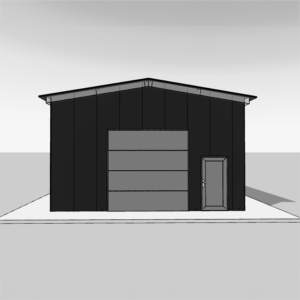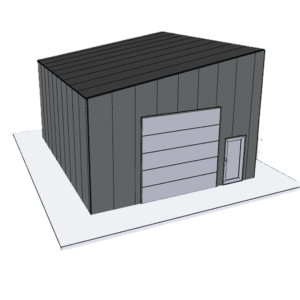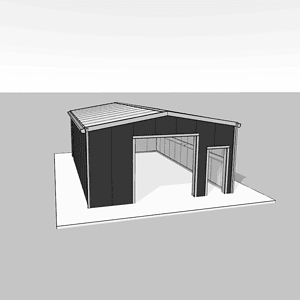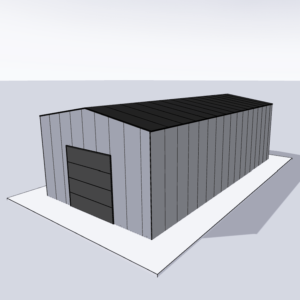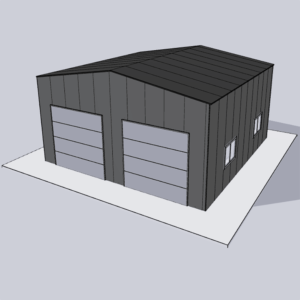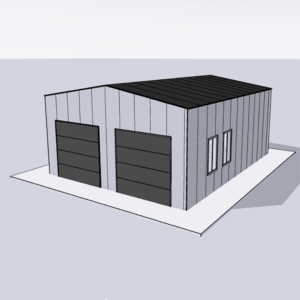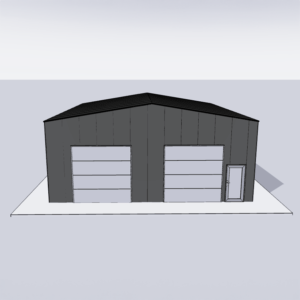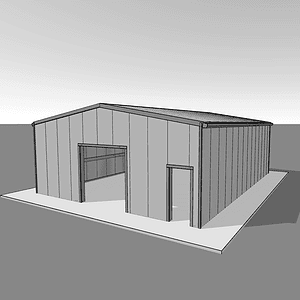Detailed Costing for Steel Structures: The Finances Revealed
Steel has consistently proven to be an effective, durable, and cost-effective material for a variety of structures, making it an ideal choice for those seeking to invest in quality construction. If you’re interested in the detailed costing for steel structures, then you’re in the right place.
When it comes to understanding the financial framework surrounding steel buildings, it’s crucial to factor in both direct costs such as the initial purchase price and indirect expenses like maintenance and potential future upgrades. This article aims to provide you with a comprehensive analysis of the financial aspects of investing in steel buildings in Canada.
The Initial Investment
The first cash outlay you’ll make when investing in a steel structure is the initial purchase price. The exact amount will largely depend on the type of building you’re purchasing and the specifications required. By looking at the pricing on steel building kits in Canada, you’ll gain an insight into how much you should budget for this aspect of the investment.
Keep in mind, the cost will also be influenced by factors such as the size of the structure, the quality of materials, and the complexity of the design. Sophisticated designs with high-end finishes will naturally command higher prices compared to more straightforward, utilitarian structures.
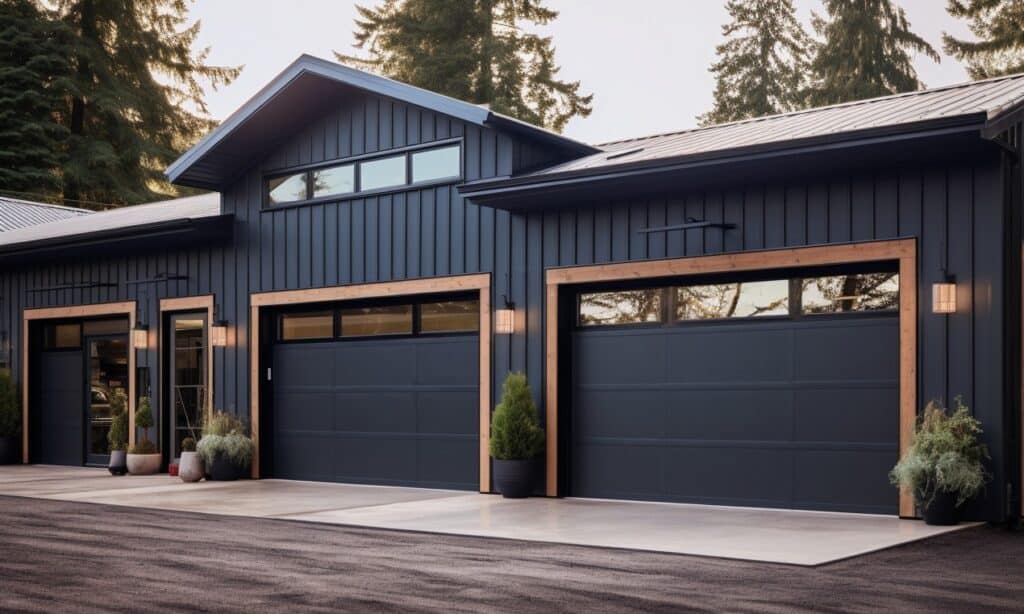
Cost Variables by Location
It may be surprising that steel buildings prices can differ by location, but various factors contribute to this. Costs can fluctuate based on local regulations, climate, and other location-specific factors. For example, in areas prone to seismic activity or high winds, certain design modifications may be required, increasing the overall costs.
Maintenance Considerations
Ongoing maintenance is another aspect to include in your understanding of the detailed costing for steel structures. One notable benefit of steel buildings is their generally low maintenance requirements. However, it’s essential to budget for regular inspections and any necessary upkeep.
You’ll also want to consider the long-term advantages of steel, like its resistance to pests and fire, and its sustainability and energy efficiency. These factors can significantly decrease future maintenance or replacement costs.
Future Upgrades
Another cost to be factored in is potential future upgrades or expansions. Should your needs expand, will your steel building accommodate that growth? Steel structures are notably adaptable, and altering or expanding your building could be more cost-effective compared to other types of structures.
Is it Worth the Investment?
So, after digesting all of this information, you might be wondering – are steel structures truly a worthy investment? After considering the initial purchase price, location-based variables, maintenance, and potential for future upgrades, the answer leans heavily towards a resounding yes.
Steel structures provide an array of significant benefits, from their durability and low maintenance needs to flexibility for future growth. Despite the varying factors that influence the detailed costing for steel structures, steel remains a valuable option for a long-term investment.
As you make your decision, consider seeking guidance from experienced Your Building Team professionals, who can provide valuable insights and assistance in this arena.
In conclusion, achieving a thorough understanding of the financial framework for steel buildings can ultimately guide you to make an informed and confident investment choice. With this knowledge in hand, you are better equipped to plan for an investment in a steel structure that meets your unique needs and budget requirements. Remember, knowledge is power, and in this case, it just might lead you to your dream steel building.



